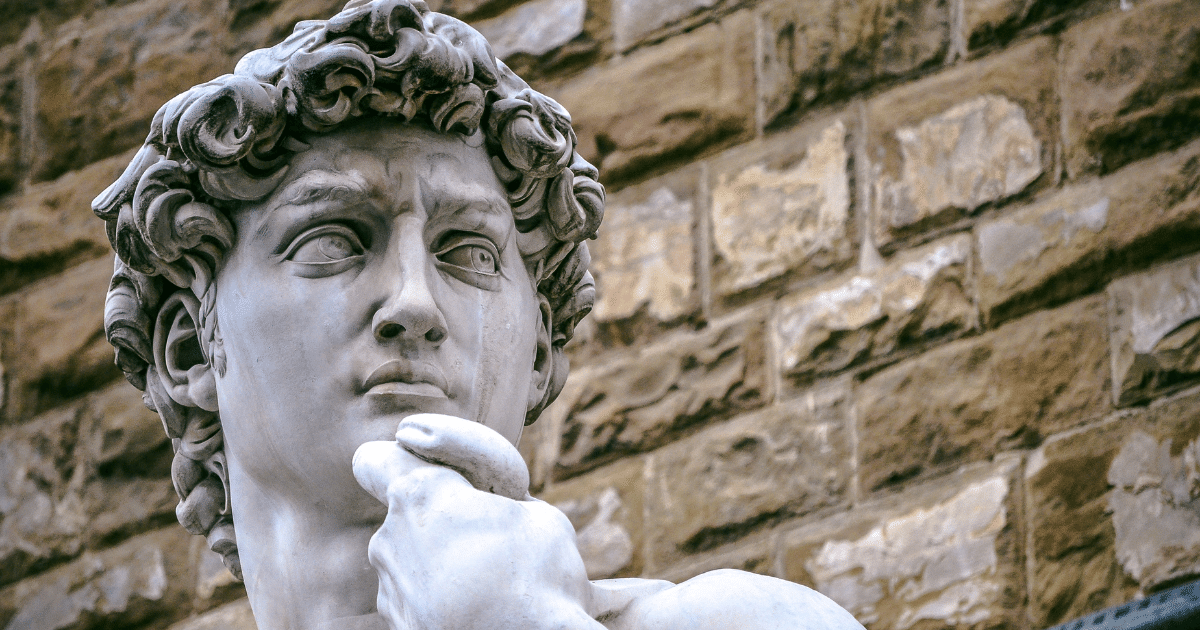With AML Compliance Deadline in Rearview, Art World Adapts to New Norm
Drastic regulatory changes have come about in recent months that have sent the art industry into a frenzy, with many European art market participants (AMP’s) scrambling to comply with the United Kingdom’s latest money laundering guidelines. The UK’s implementation of the European Union’s Fifth Money Laundering Directive (5AMLD) – a measure that now adds regulatory and administrative requirements for obliged entities involved in transactions meeting or exceeding €10,000 – has sought to crack down on financial crime stemming from an industry that has long been characterized by privacy, discretion and influence – attributes that often go hand-in-hand with money laundering and organized criminal activity.
Wealthy elites, politically exposed persons (PEP’s) and others in prime positions of power frequently exchange items worth millions upon millions of dollars through private auctions and personal handshake deals, with the origins of said funds often derived from illicit activity. Given the discrete nature of the market as a whole coupled with the fact that many of those behind art dealings of this variety are actively seeking to keep their transactions out of the public eye, purchases and sales made within this market have been extremely difficult for international law enforcement agencies to keep tabs on. Given the growing presence of global regulatory enforcement of illicit financial activity, as well as higher international standards and requirements for anti-money laundering (AML) and counter-terrorism financing (CFT) programs seen in both the public and private sectors, the art and antiquities market has evolved into a particularly attractive vehicle by which financial and organized criminals, as well as corrupt politicians, have sought to launder significant amounts of ill-gotten cash.
To address these growing issues, the European Union sought to close potential loopholes that criminals have exploited for decades via the 5AMLD. The new legislation builds off of the EU’s fourth AML Directive which required certain entities to adopt a “risk-based approach towards anti-money laundering and carry out the relevant due diligence before trading in goods and making or receiving cash payments of €10,000 or more in a single operation or in several operations which appear to be linked.”1 5AMLD goes well beyond enforcement of major auction houses and galleries however, also tasking freeports, intermediaries, and other AMP’s as entities now required to maintain adequate recordkeeping, reporting and registration requirements or risk facing financial penalties and sanctions as a result of non-compliance. The British Art Market Federation (BAMF) defines art market participants (AMPs) as firms or individuals (such as a dealer, advisor or auction house) who trades in—or acts as an intermediary in the sale or purchase of—works of art where the value of the transaction (or a series of linked transactions) is €10,000 (£8,600) or more. The term also applies to those who operate a freeport used to store works of art where the value for a person (or a series of linked persons) is €10,000 (£8,600) or more.2 Individual artists are not currently required to register, though the companies run by more decorated artists have been called on to do so.
Under this same context, the BAMF specifically defines art as:
- all hand-executed paintings, drawings, collages
- unique or limited edition original engravings, lithographs or other prints
- any original sculpture or statuary
- limited edition sculpture casts
- hand-made, unique or limited edition tapestries
- hand-made, signed unique or limited edition ceramics
- hand-made, signed unique or limited edition enamels on copper (excluding jewelry)
- signed limited edition photographs (in editions of less than 30 for the same exposure)2
Yet while the 5AMLD was initially passed in 2018 and official registration notice given in 2020, participants in the art industry were not asked to register with Her Majesty’s Revenue & Customs (HMRC) – Britain’s tax collection authority and federal regulator – until June 10th, 2021. This leeway appears to have led to procrastination on behalf of art firms however, as data recently collected by HMRC has shown that roughly half of the total number of firms registered with HMRC did so in April or June of 2021, with approximately 20% registering within the final month before the cutoff date.3 What is more striking however is that many of the UK’s most notable auction houses and galleries, including the world-renowned Sotheby’s, have not officially been added to the list of registered entities yet – though the registration process is said to take upwards of 45 days to be completed. Further analysis of the data collected to date indicates that the majority of the market participants that have successfully registered are in modern and contemporary art, and more than 100 of the entities registered are auctioneers or professionals working in an advisory capacity, either as consultants or brokers. It remains to be seen whether or not the UK Treasury plans to expand their registration efforts to cover the antiquities market as well, with such an expansion likely dependent on the success of current measures in both hindering the growth of financial crime and identifying the parties behind this activity both domestically and potentially abroad.
For more information on the art and antiquities industries and their ties to money laundering, download our eBook: The Art of Money Laundering
Citations
- Artatlawadmin. “New Anti-Money Laundering Regulations Target the Art Market.” Art@Law, 10 Oct. 2020.
- Brady, Anna. “If You Sell Art in the UK, You Must Register for Anti-Money Laundering Supervision by Tomorrow-or Risk Prosecution.” The Art Newspaper, The Art Newspaper, 9 June 2021.
- Pryor, Riah. “Art World Rushes to Conform to Uk’s Anti-Money Laundering Laws.” The Art Newspaper, The Art Newspaper, 30 Aug. 2021.

